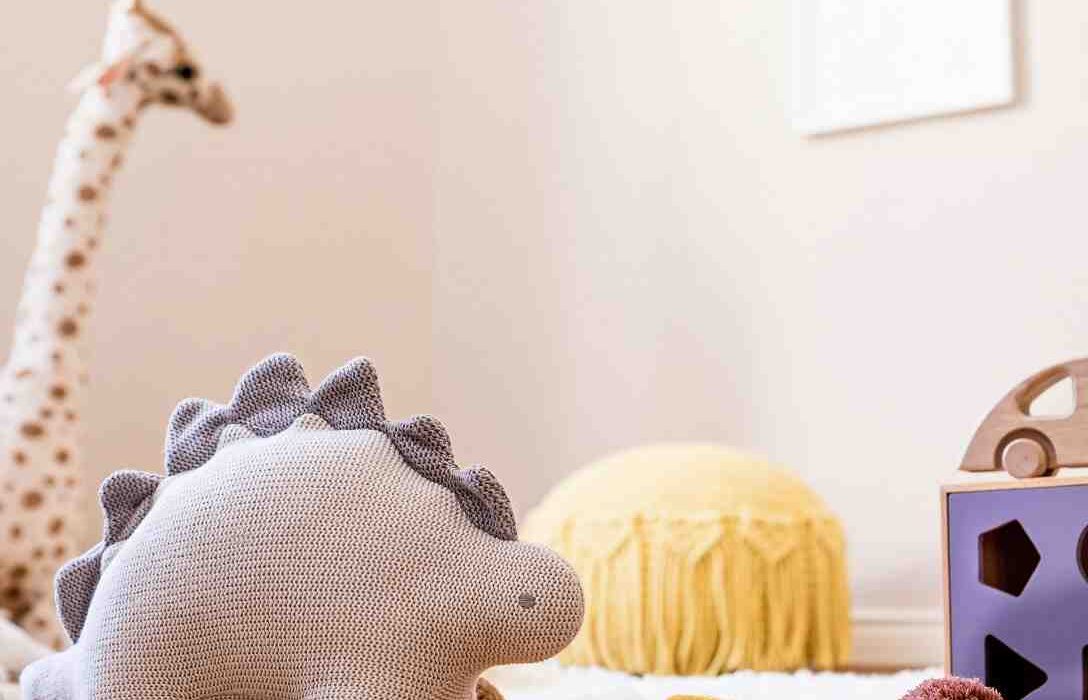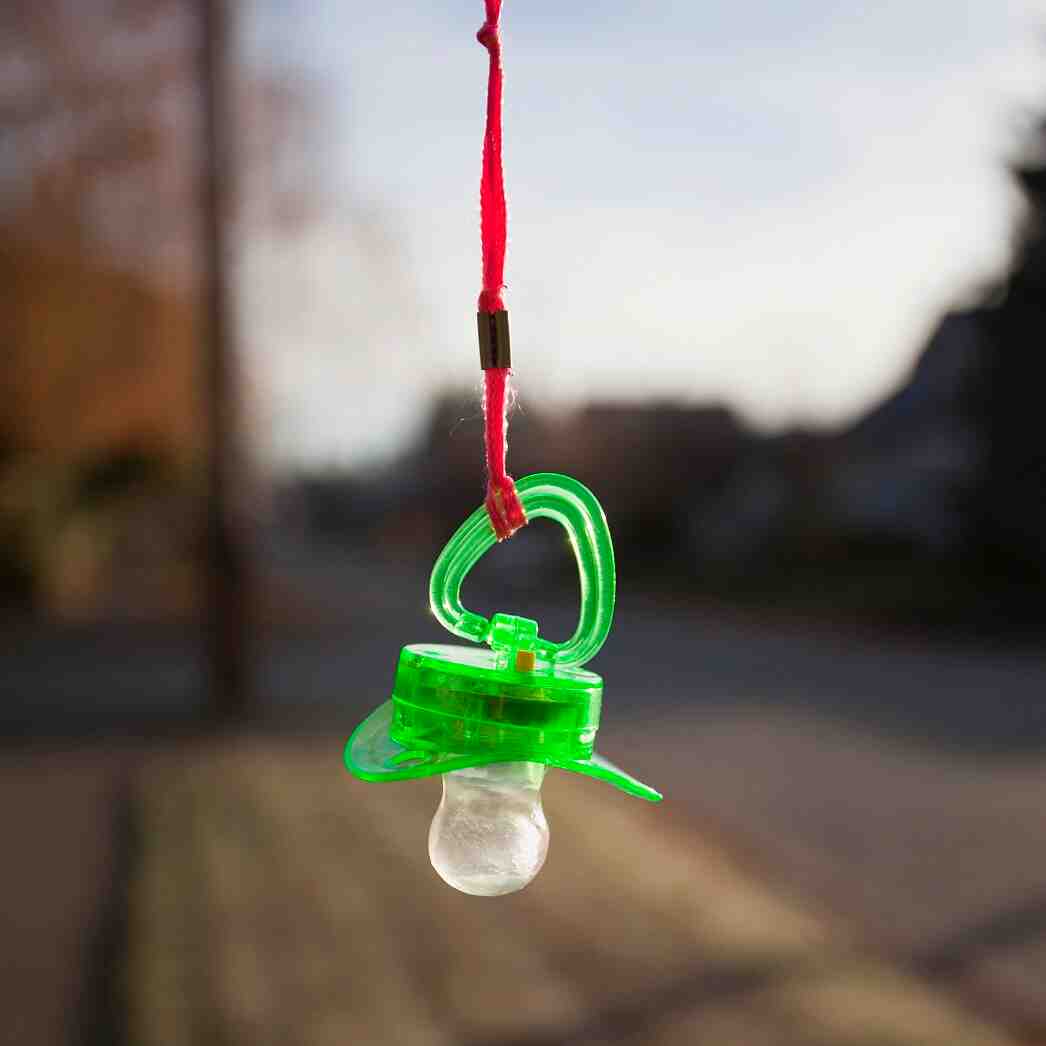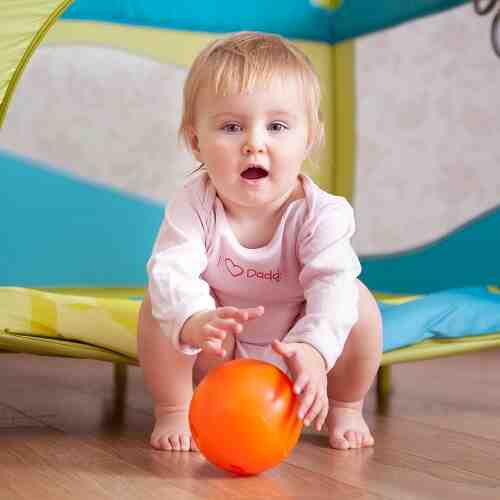When to Replace Your Baby’s Teething Toys
Teething toys are essential for soothing your baby’s sore gums during the teething process, but like all baby products, they have a lifespan. Over time, teething toys can wear out, become damaged, or collect harmful bacteria, making it crucial to know when to replace them. Regularly assessing the condition of teething toys ensures that your baby remains safe and continues to get the comfort they need.
Here’s a guide on when to replace your baby’s teething toys and how to ensure they stay safe and effective for use.
1. Signs That It’s Time to Replace Baby Teething Toys
a. Visible Cracks or Tears
- Risk of Choking: If a teething toy shows any visible cracks or tears, it’s time to replace it. Small pieces of the toy could break off and pose a choking hazard. This is especially important for soft or flexible materials like silicone or rubber, which can tear over time.
- Leaking Toys: For gel-filled teethers, cracks or punctures may cause the gel inside to leak. If the teether is leaking, it should be discarded immediately to prevent your baby from accidentally ingesting the gel, which could be harmful.
b. Discoloration or Odor
- Bacteria Build-Up: Discoloration or a strange odor could indicate that bacteria, mold, or mildew have developed in the teether. Even with regular cleaning, some materials, particularly porous ones like wood or cloth, can absorb moisture, which can lead to the growth of bacteria over time.
- Persistent Stains: If the teething toy is permanently stained, especially in hard-to-clean areas, this could be a sign that the toy has reached the end of its life.
c. Hardening or Loss of Flexibility
- Comfort and Safety: Many teething toys are designed to be soft and flexible to help soothe tender gums. Over time, some toys may lose their flexibility and become too rigid, which may make them uncomfortable for your baby to chew on. A hard teething toy can also pose a risk of injuring your baby’s delicate gums.
- Gel-Filled Teethers: If a gel-filled teether becomes too hard after freezing or prolonged use, it could hurt your baby’s gums. Always inspect gel-filled teethers for any signs of damage that could cause the material inside to freeze unevenly.
d. Torn or Broken Parts
- Small, Detachable Parts: Some teething toys come with small parts like rings, beads, or handles that can break off over time. If these parts detach, they become choking hazards and the toy should be replaced immediately.
- Seam Breakage: For fabric or plush teething toys, check the seams regularly. If the stitching comes undone, exposing the toy’s inner stuffing, it’s time to replace it.
e. Loss of Functionality
- Cooling Effect: For teething toys designed to be chilled or frozen, if they no longer maintain the cooling effect (such as with gel-filled teethers), they may no longer be effective in soothing your baby’s gums. The toy may need to be replaced to continue providing relief.
- Wear and Tear: If the teething toy no longer works as intended, such as a teether that no longer makes a soothing sound or loses its shape, it’s time to replace it.
2. General Lifespan of Different Types of Teething Toys
Different materials have different lifespans, and how frequently you use the teething toy can also affect its longevity. Here’s a general guideline on how often you might need to replace certain types of teething toys:
a. Silicone or Rubber Teethers
- Lifespan: 6-12 months, depending on usage and condition.
- When to Replace: Silicone or rubber teethers are usually durable, but they can crack, tear, or become brittle over time. Check for damage, especially after a few months of use.
b. Wooden Teethers
- Lifespan: 12 months or longer, with proper care.
- When to Replace: Wooden teethers can last a long time, but they are susceptible to cracking or splintering if not properly maintained. If the wood begins to splinter or lose its smooth surface, it’s time to replace it.
c. Gel-Filled Teethers
- Lifespan: 6-12 months.
- When to Replace: If the teether shows any cracks, punctures, or leaking gel, it should be replaced immediately. Also, if the gel-filled teether no longer holds a cooling effect or becomes too hard, it should be discarded.
d. Cloth or Fabric Teethers
- Lifespan: 3-6 months.
- When to Replace: Cloth or fabric-based teethers wear out quicker due to frequent washing. If the fabric starts to fray, tear, or show signs of excessive staining, it’s time for a replacement.
e. Plastic Teethers
- Lifespan: 6-12 months.
- When to Replace: Plastic teethers can become scratched, brittle, or cracked with prolonged use. If they lose their flexibility or become damaged, it’s time to replace them.
3. How to Safely Dispose of Damaged Teething Toys
When it’s time to dispose of a teething toy, make sure you do so safely:
- Avoid Choking Hazards: If a teether has broken into small parts, make sure to dispose of it in a way that keeps it out of reach of children or pets.
- Recycling: If the teething toy is made from recyclable materials like certain plastics or silicone, check if it can be recycled. If recycling is not an option, dispose of the teether according to local waste disposal guidelines.
4. How to Prevent the Need for Frequent Replacements
Taking care of teething toys can help extend their lifespan:
- Regular Inspection: Check your baby’s teethers regularly for any signs of wear and tear. Early detection can prevent unsafe conditions from developing.
- Proper Cleaning: Clean and sanitize teethers regularly to prevent the buildup of bacteria and mold. This will also help preserve the material and prolong the teether’s lifespan.
- Proper Storage: Store teething toys in a clean, dry place to prevent damage from moisture, heat, or contamination. Keep teethers in a dedicated storage container or bag when not in use.
Conclusion
Teething toys are essential for soothing your baby during teething, but it’s important to recognize when it’s time to replace them. Regularly inspect the teething toys for cracks, discoloration, or any signs of damage, and replace them when they no longer serve their purpose or pose a safety risk. Proper maintenance and care can extend the life of the toys, but eventually, every teething toy will need to be replaced. By following these guidelines, you can ensure that your baby’s teething experience remains comfortable and safe.





